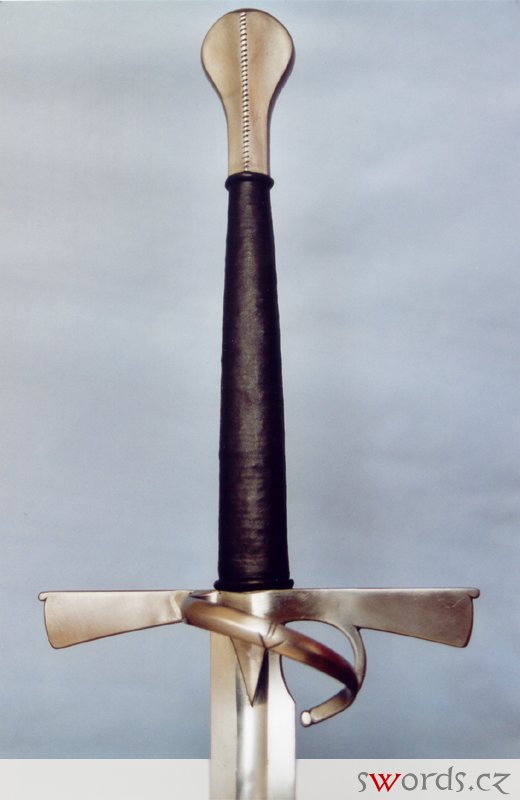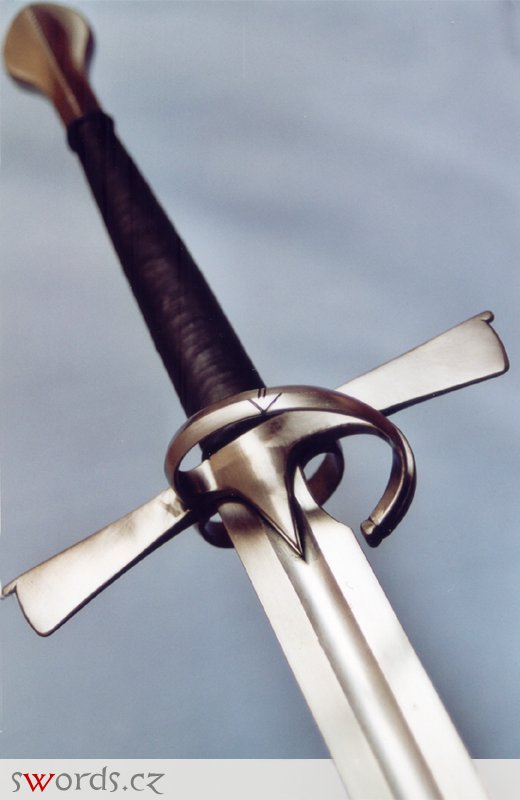I'm glad to say that Czech swordsmith Pavel Moc today accepted my order (in English!) for the Cranach sword as you see below. It looks intriguing and is much cheaper than the Albions in my collection. I will keep you posted about the quality when it arrives in February.
NOW I need some help to classify the sword. It is my first venture into post-medieval swords - but what actually would you classify it? Roughly which century? Renaissance already?
And just a very practical question: where does the thumb go in this delicate device :eek: Or in other words: which one is the long edge of this sword?
Thanks for help
Ralph

Pavel Moc CRANACH sword

Pavel Moc CRANACH sword